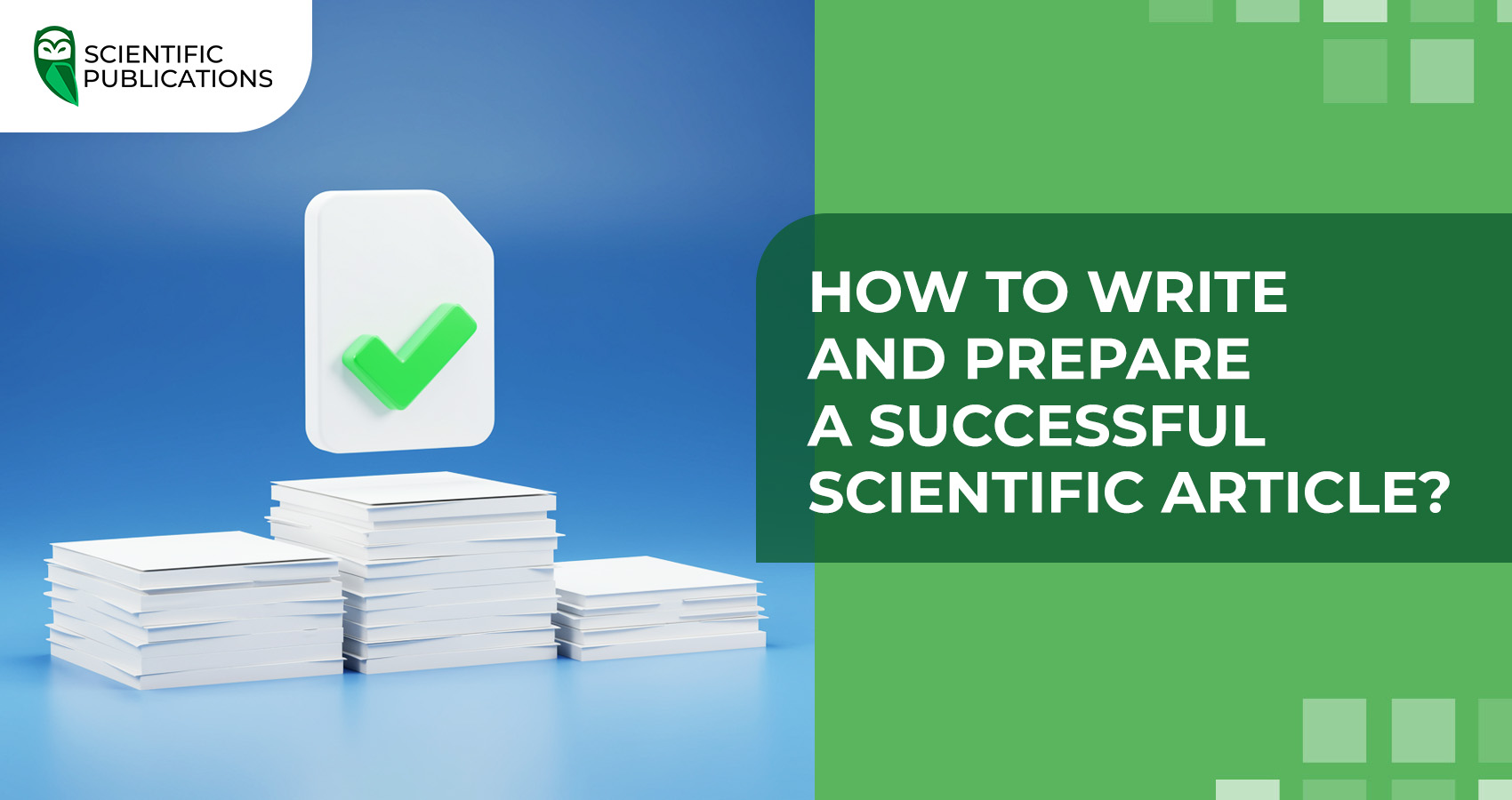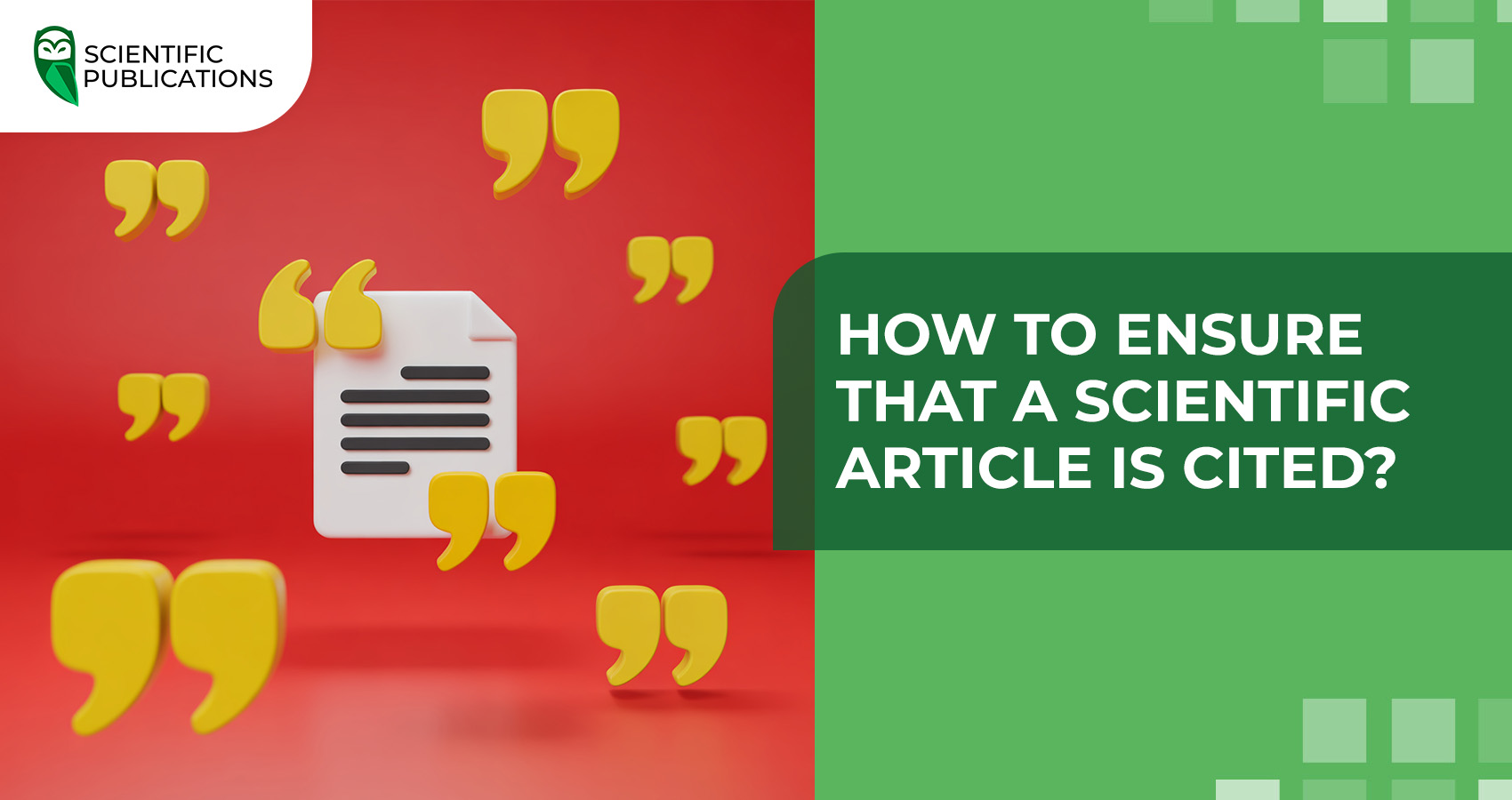The role of scientific articles is hard to overestimate, as they allow researchers not only to share the results of their studies with the scientific community but also to foster their professional growth. A successful publication strengthens the author’s reputation and makes a significant contribution to the overall development of science. However, after submitting an article to a journal’s editorial board, authors often face rejection. This naturally raises the question: is it possible to increase the chances of success? The answer is yes: high-quality preparation of the article significantly improves the likelihood of acceptance. Below you will learn how to write a successful scientific article.

1. Choosing a topic and journal
The first step towards a successful article is selecting a relevant topic that corresponds to current trends in your field. The study should fill gaps in existing knowledge and have practical application. Before you begin writing, review the literature: read relevant articles to understand the context and avoid repeating what is already known.
Equally important is choosing the right journal for publication, as this directly affects the visibility of your work in the academic community. To select a reliable journal that meets your needs, analyse its audience and scientometric indicators. Also pay attention to its manuscript requirements, such as length, formatting style of references, etc.
Keep in mind that your article’s subject must match the journal’s specialisation. These aspects are usually described in specific sections of the journal’s website titled “Aims and Scope” and “Guidelines for Authors.”
2. Structure of a scientific article
A successful article is a well-structured article. Most scientific journals require authors to follow the IMRAD structure, which consists of four sections: Introduction, Methods, Results, and Discussion.
- Introduction. Start with the context of the problem, explain its relevance, and state the hypothesis or research objective. Avoid an excessive literature review—focus on the key aspects. To ensure the introduction reflects the essence of the paper, it is often best to write it last.
- Methods. Describe how the research was conducted. Indicate materials, procedures, statistical methods, and ethical considerations.
- Results. Present the obtained data without interpretation, which should be reserved for the next section. Use tables, graphs, and diagrams to enhance clarity. Avoid duplicating text with visuals—they should complement each other.
- Discussion. Interpret the results, compare them with those of other researchers, analyse limitations, and suggest directions for future research. Conclude with key findings that emphasise the importance of your work.
3. Writing tips
To ensure the article is coherent and structured, begin with a draft to capture your ideas and then revise it. Write clearly and concisely, remove unnecessary words, and avoid tautology or phrasing that is not characteristic of scientific style.
Create a logical narrative: the article should read like a story with a clear beginning, middle, and end. Also, check that the objectives stated in the introduction align with the results and conclusions.
4. Editing the article
After writing, set the text aside for a while, then reread it. Check for errors, logical consistency, and compliance with academic style. You may also ask colleagues to review it to improve the work and avoid inaccuracies.
You can streamline this process with tools such as Grammarly (to check grammar) and Turnitin (to detect plagiarism). Finally, ensure proper citation formatting, as this is the foundation of academic integrity.
5. Preparing for publication
Before submitting your article to a journal, make sure your text complies with its requirements. Read the author guidelines on the journal’s website and check conformity in formatting, structure, length, citation style, and requirements for illustrations.
Ensure that the bibliography is complete and properly formatted, and that the text meets academic standards (e.g., use of academic English or another required language). Additionally, review the text for grammatical, stylistic, or factual errors. Make sure that the cover letter and metadata (keywords, abstract) are prepared according to the journal’s requirements.
Be ready for peer review and respond to reviewers’ comments professionally and promptly. If the article is rejected, analyse the reasons and submit it to another journal.
Writing a successful scientific article requires planning, discipline, and attention to detail. By following the IMRAD structure and focusing on clarity and relevance, you will increase your chances of publication.
To avoid difficulties and simplify the process of publishing in a scientific journal, contact the company Scientific Publications. We provide free consultations and develop a publication strategy tailored specifically for you. We will also support you at every stage until your article is indexed. Fill out the form below, and our manager will answer all your questions. Together to the new scientific achievements!





